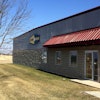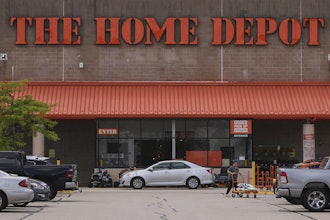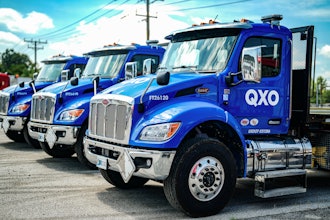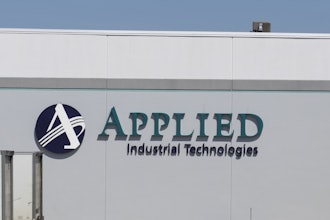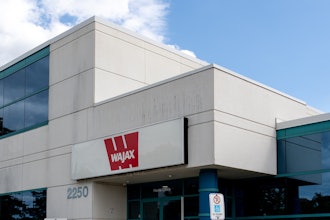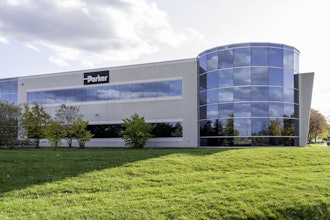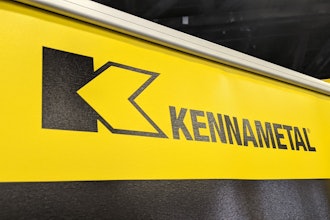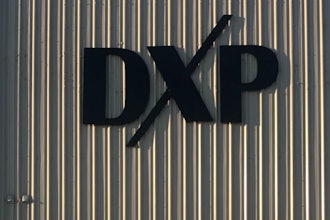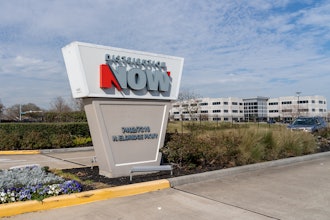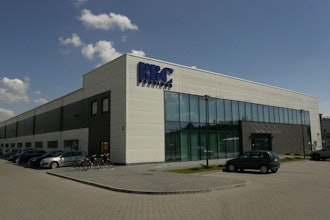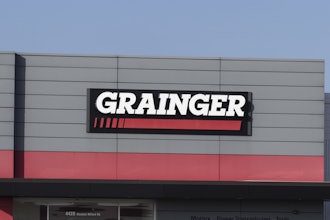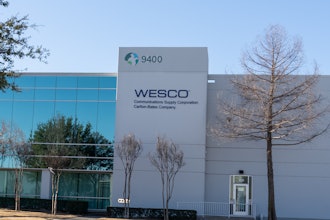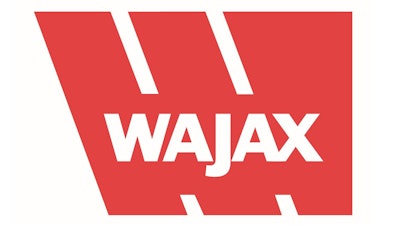
Mississauga, Ontario-based Wajax Corp. reported its latest quarterly financial results on Monday, led by a modest sales full-year 2019 sales decline in its industrial parts segment — ranked No. 32 on Industrial Distribution's 2019 Big 50 List, while sales rose slightly in the fourth quarter.
Wajax' Industrial Parts segment posted total 2019 sales of $366.6 million, up 1.4 percent over 2018, while Q4 sales of $88.5 million decreased 2.2 percent year-over-year and jumped 45.5 percent sequentially from Q3.
As a whole, Wajax had total 2019 sales of $1.55 billion, up 4.8 percent from 2018, while total profit of $39.5 million increased 10 percent. Q4 sales of $403.9 million increased 3.6 percent while profit of $12.2 million doubled from a year earlier.
Commenting on the corporation’s results, Wajax president and CEO Mark Foote stated:
“We expect that the more challenging market conditions that emerged in 2019 will continue in 2020, resulting in pressure on capital equipment demand. Equipment utilization rates, however, are expected to be generally stable on a full year basis, which will support parts and service volumes. Based on manufacturer discussions and industry information, market conditions are anticipated to improve later in 2020.
Our objective for the year is to manage the business and capital conservatively until trends in the market improve. Market-oriented pressure on revenue is expected to be at least partially offset by higher volumes in engineered repair services and industrial parts and expected mining deliveries in the second half of 2020. Wajax has also identified opportunities to improve gross margins, drive additional cost productivity and to lower finance costs based on reductions in inventory in 2020. We welcome our new colleagues from NorthPoint, whose approximately $50 million in annual revenue will add to our scale in engineered repair services in 2020.
We plan to move forward with the implementation of the new ERP system beginning in the second quarter of 2020. Implementation is expected to occur over an 18 to 24 month time frame in order to minimize the risks associated with the change. Our branch network optimization program will also continue, including the previously disclosed efforts to monetize selected real estate assets through either sale and leaseback transactions or site closure due to the colocation of branches."

